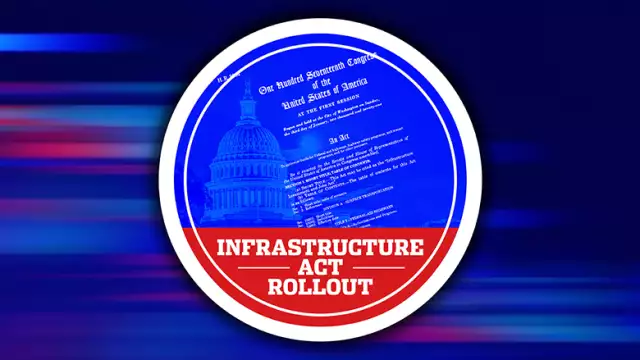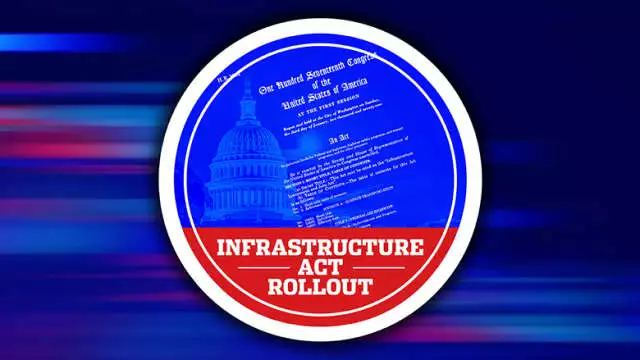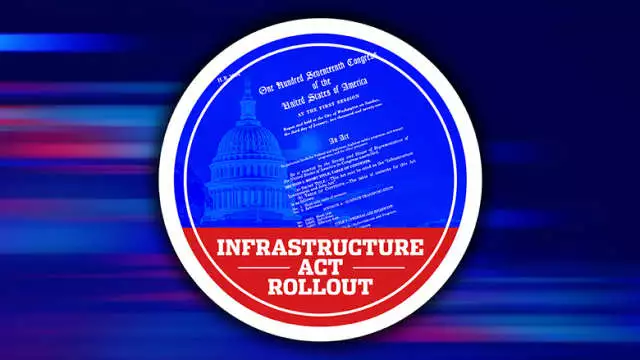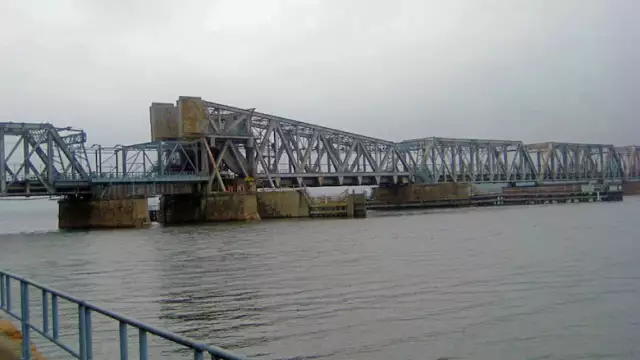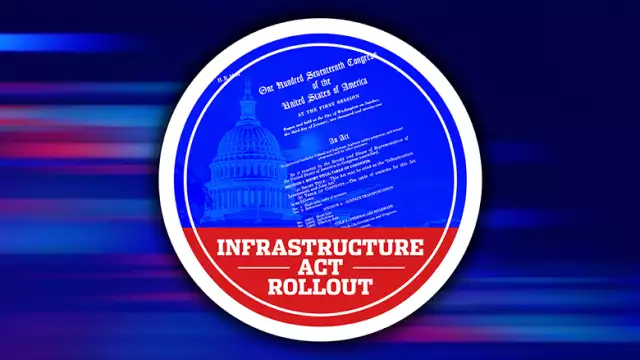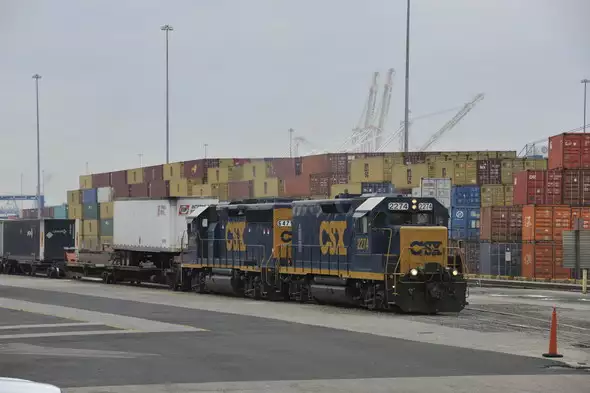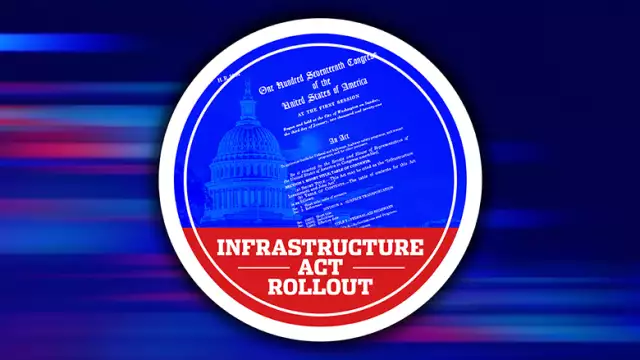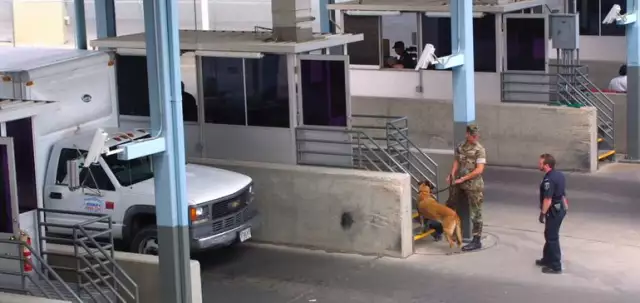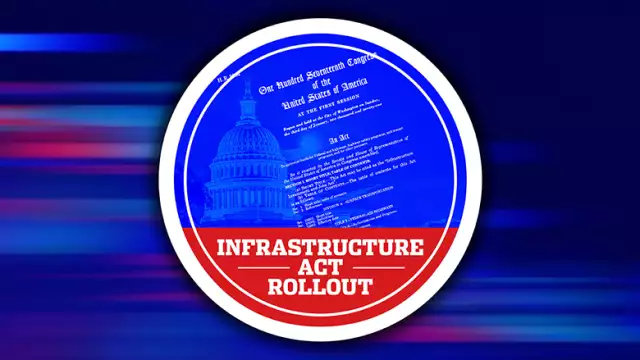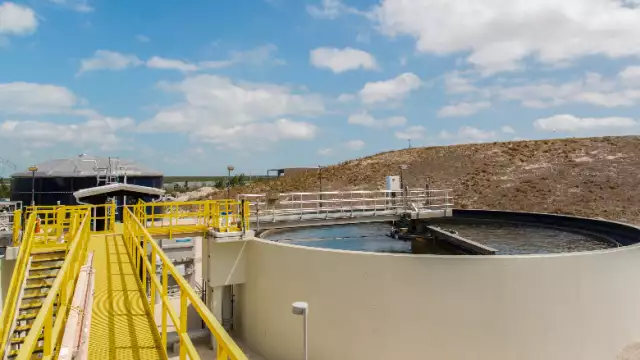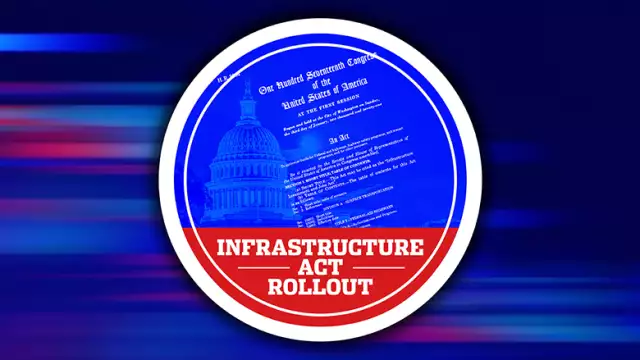US DOT Awards $1.2B for IIJA "Mega" Projects, including Hudson Tunnel
US DOT Awards $1.2B for IIJA "Mega" Projects, including Hudson Tunnel
The Biden administration has picked nine high-profile surface transportation projects to share nearly $1.2 billion in Infrastructure Investment and Jobs Act grants, topped by a $292-million award for an early-phase element of a mammoth planned New York-New Jersey Hudson River tunnel, which is estimated to cost $16 billion.
President Joe Biden traveled to New York City on Jan. 31 for the formal announcement of the funding for the Hudson Tunnel and eight other projects that will receive funds under the U.S. Dept. of Transportation’s “Mega” program.
The new funds or the Hudson Tunnel project will help to complete a concrete casing under the Hudson Yards, that DOT said would preserve a right-of-way for the tunnel and "lay the groundwork" for the tunnel and other parts of a broader Gateway Program. Besides a new rail tunnel under the Hudson River and a reconstructed existing tunnel, the program also includes replacements for bridges on Amtrak's main line in northern New Jersey.
Speaking at the West Side Rail Yard in Manhattan, Biden said, “This is just the beginning. It’s the beginning of finally constructing a 21st-century rail system that’s long, long overdue in this country.”
He added, “This project is critical to transforming the Northeast Corridor, increasing speeds, capacity, reliability and safety.”
Other Winners: Bridges, Highways, Commuter Rail
The other Mega winners and grant amounts are: the Brent Spence Bridge, which links Kentucky and Ohio ($250 million); and a replacement for the Calcasieu River Bridge on Interstate-10 in Louisiana which U.S. DOT says is “structurally and functionally deficient.” ($150 million).
Also on the list are replacements for 11 bridges and other improvements on Illinois’ Metra Commuter Railroad’s Union Pacific-North rail line, ($117 million); a high-rise, fixed-span replacement for the deteriorated, movable swing Alligator River Bridge on U.S. Route 64 in North Carolina ($110 million); and improvements to I-44 and U.S. Route 75, a key freight corridor near Tulsa, Okla. ($85 million).
Other selected projects are improvements to 12.3 miles of Roosevelt Boulevard in northeast Philadelphia, which DOT says has the one of the highest accident rates in the city ($78 million); a widening of the I-10 freight corridor in Mississippi to six lanes, from four ($60 million); and a multimodal corridor program in Santa Cruz County, Calif., including auxiliary highway lanes and a coastal trail ($30 million).
Biden said that work began on the Hudson Yards site in 2013 “but stalled due to lack of funding.” “We now have the money and we’re finally going to get it done.”
According to U.S. DOT, grants from the Mega program are aimed at “projects that are too large or complex for traditional funding programs.” A wide range of surface transportation projects are eligible, including highways, bridges, freight, maritime ports, passenger rail and transit.
Stiff Competition
Competition was intense for the Mega money: U.S. DOT Secretary Pete Buttigieg said the department received more than 100 applicants for the grants. They sought a total of about $30 billion in grants.
The names of at least some of the winning projects were not a surprise–some of the selections had become known in recent weeks, through announcements by governors, U.S. Senators, House members and in the case of the Brent Spence Bridge, by Biden himself in early January.
The Mega program was established under the IIJA as the National Infrastructure Project Assistance program. Its funding totals $5 billion over five years.
